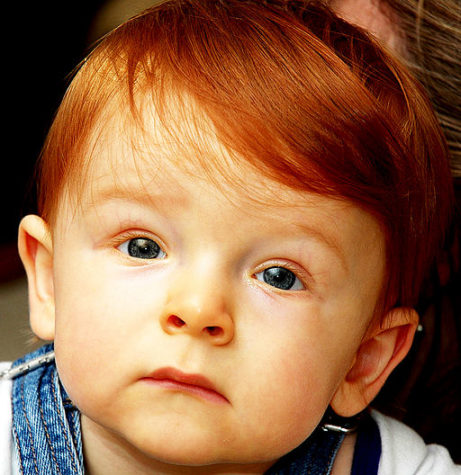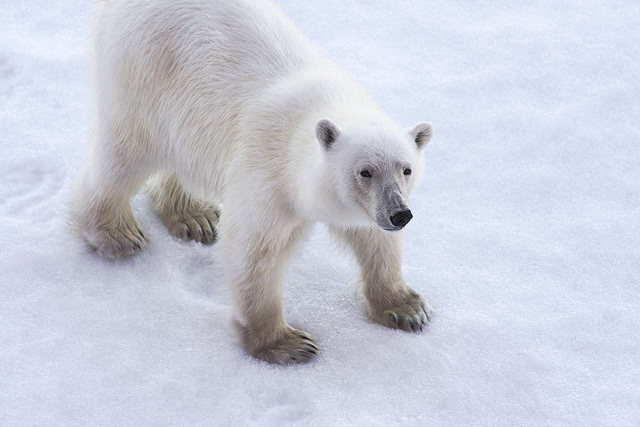 On Tuesday, I texted my friend Michelle a brief video clip of a polar bear.
On Tuesday, I texted my friend Michelle a brief video clip of a polar bear.
The bear is starving, all jutting hips and elbows, its fur sparse except for a thatch along its spine and Clydesdale tufts around its plate-sized paws. As with any bear, there is something disturbingly human about the shape of its body, about its movements and mannerisms. It staggers along on a green mat of tundra, foam dripping from its mouth. Dips its face into a rusty barrel and pulls out what appears to be a hunk of rotten meat. Sprawls on the ground, nose to earth, defeated by the visibly difficult work of breathing.
Watching the bear, I covered my mouth with one hand, suppressing tears. This perfect summary of unchecked climate change was like a knife to the kidney. Without sea ice, polar bears can’t hunt seals. And we are to blame.
“I honestly don’t think I can watch that,” Michelle replied. “I can’t get down with the voyeurism of photography generally.”
Michelle—an artist who’s been thinking a lot about polar bears and the Arctic these days—does not shy from engaging tough topics. What bothered Michelle was the lack of direct agency. The doing nothing in the face of such obvious suffering and then using the suffering to convey a message. Some key step had been skipped.
Neither of us was sure what the photographer could or should have done differently. To approach a bear is dangerous. To feed a bear is its own ethical wormhole, a mercy that is not clearly mercy, that carries with it a loss of wildness and the discomfiting admission that the system that sustains polar bears is beyond help. And to feed thousands of polar bears is impossible. We decided in a burst of desperate, dark humor, that oil executives should have to watch the film on repeat. Or perhaps simply be fed to the polar bear themselves. Continue reading →
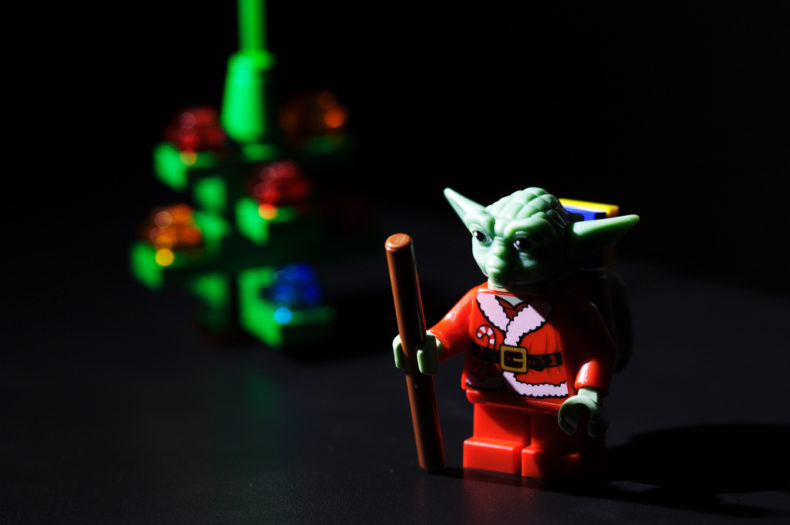
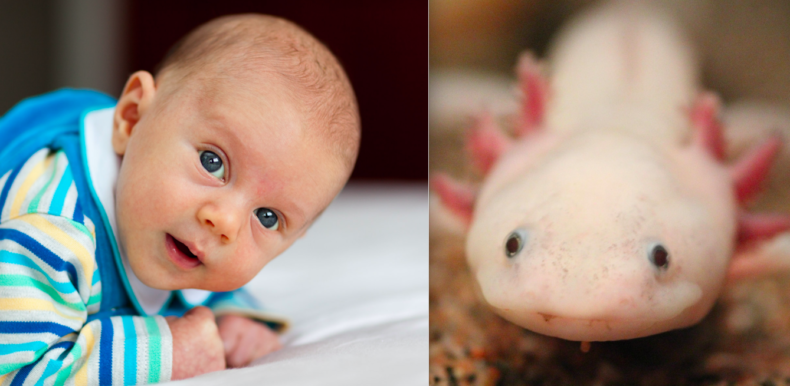
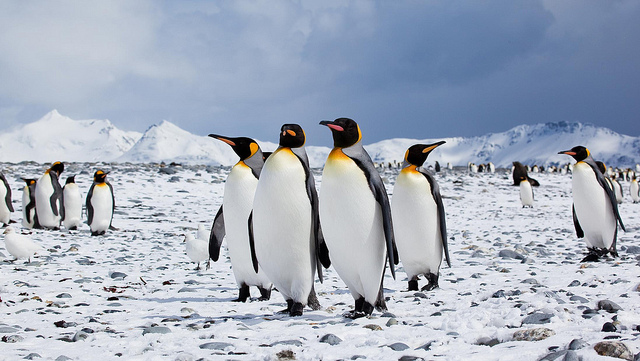
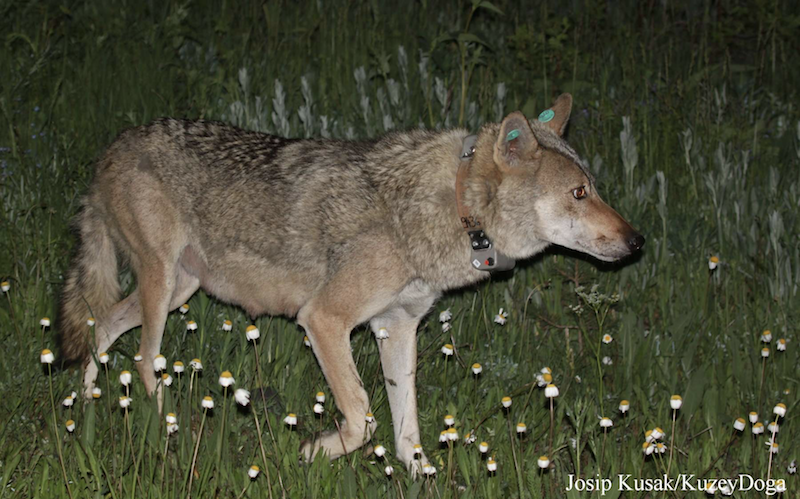
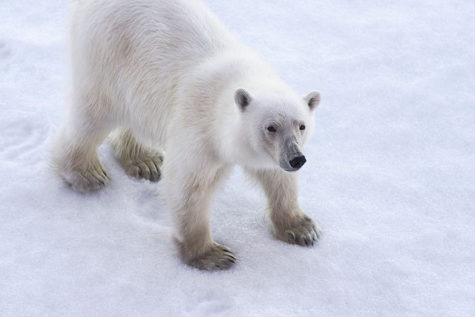 Happy 12th month, readers! Lurch with us into December with these fine offerings:
Happy 12th month, readers! Lurch with us into December with these fine offerings: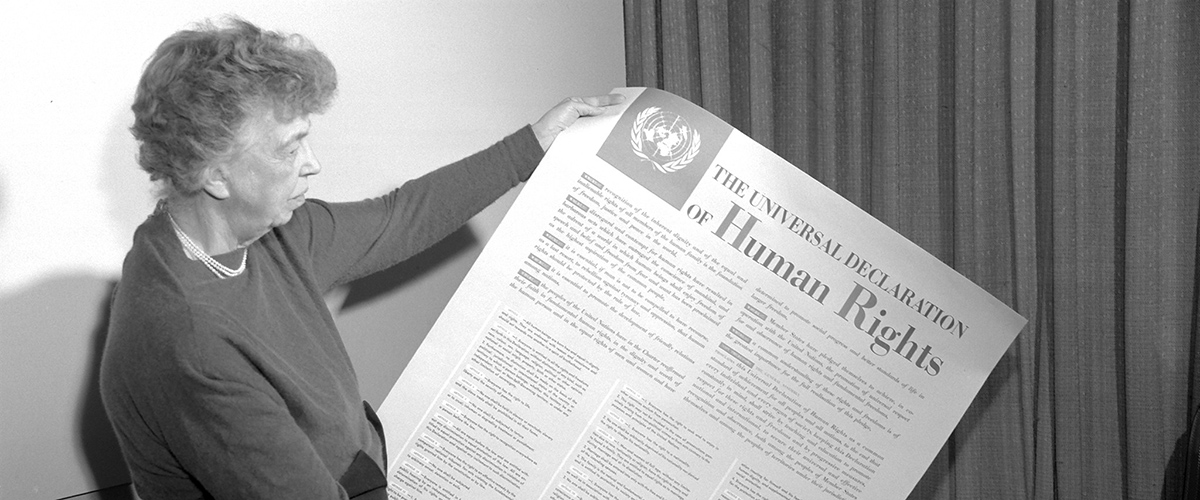
 On Tuesday, I texted my friend Michelle
On Tuesday, I texted my friend Michelle 